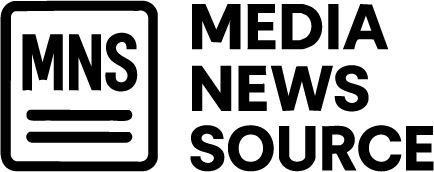U.S. economy contracts by 0.3% in the first quarter due to disruptions from trade wars.
The U.S. economy experienced a notable contraction in the first quarter of 2025, registering a 0.3% annual decline from January to March. This marks the first decrease in economic output in three years, attributed largely to an unprecedented surge in imports as businesses endeavored to stockpile foreign goods ahead of anticipated tariffs introduced by the Trump administration.
The latest data reveals a significant downtick in gross domestic product (GDP), which is the comprehensive measure of the nation’s goods and services production. This contraction stands in stark contrast to the 2.4% growth witnessed in the last quarter of 2024. A pivotal factor in this downturn was the remarkable 5 percentage point reduction in growth attributed to imports, alongside a marked slowdown in consumer spending, which has raised concerns amongst economists and business leaders. Additionally, federal government spending witnessed a sharp decline of 5.1% during this period, contributing further to the overall economic slowdown.
Despite these challenges, business investment exhibited robust growth, increasing at an annualized rate of 21.9%. Companies significantly upped their investments in equipment, a positive sign of their willingness to expand and innovate even amidst a turbulent economic landscape. Furthermore, a critical segment of the GDP data that gauges underlying economic strength demonstrated resilience, advancing at a 3% annual rate during the first quarter, a slight increase from 2.9% in the prior quarter. This particular metric encompasses consumer spending and private investments while excluding volatile variables such as exports, inventories, and government spending.
As the Trump administration faced criticisms for its trade policies, they have been credited with disrupting business operations and injecting uncertainty into the marketplace. The imposition of high tariffs, particularly the steep 145% tariffs on imports from China, has raised alarms regarding potential price increases for consumers and has placed additional strain on various sectors of the economy.
The current economic climate underscores the complex interplay between government policy, consumer behavior, and global trade dynamics. Analysts will be closely monitoring subsequent quarters to ascertain whether this contraction represents a broader trend or a temporary setback within the larger economic cycle. The ramifications of sustained economic shifts will likely continue to influence policy decisions, business operations, and consumer confidence moving forward.
Media News Source







